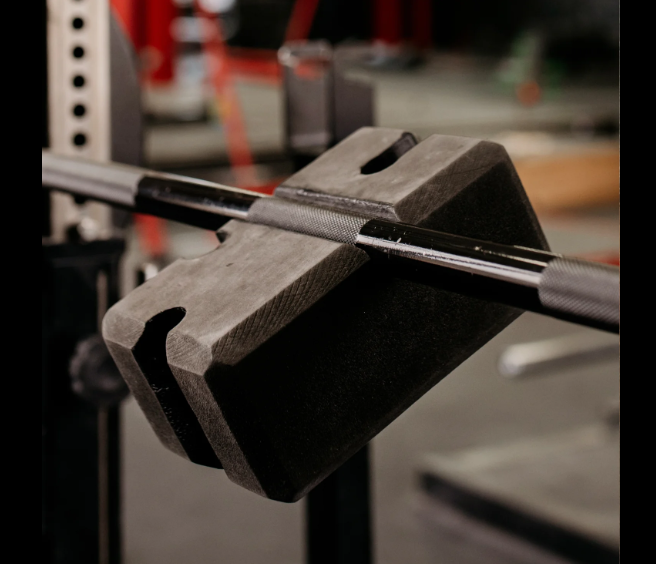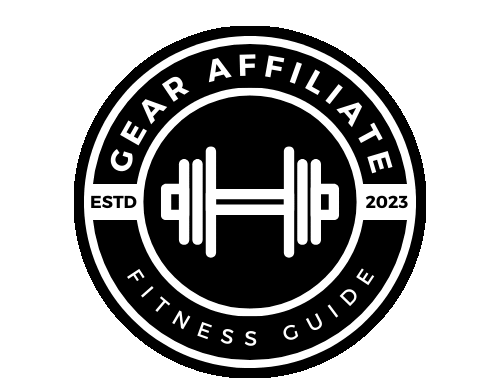
Written by our gear testing crew
Built for lifters who train to get stronger—not just to look strong. This guide breaks down the proven science and technique behind block presses and recommends one of the best bench press board tools on the market.
- Block Presses Explained
- 1. Specific Joint Angles = Specific Strength Gains
- 2. Overload Without Overuse
- Product Recommendation: LARA STAR Adjustable Bench Press Blocks
- LARA STAR Adjustable Bench Press Blocks
- Why It Stands Out:
- Ideal Use Cases:
- 🔹 Option 1: Max Effort Top-End Work
- 🔹 Option 2: Triceps Assistance Work
- 🔹 Option 3: Deload / Injury Management
- LARA STAR Adjustable Bench Press Blocks
- Summary
Block Presses Explained
Why Bench Press Boards Work and How to Use Them for Bigger Lifts
If you’re serious about increasing your bench press, you’ve probably hit a wall at some point—right around the mid-point of the lift or just before lockout. That’s where block presses (aka board presses) come in.
Block presses are one of the oldest and most effective tools in powerlifting. They help lifters target sticking points, build lockout strength, and reduce shoulder strain—but only if you use them the right way.
In this post, we break down:
- What block presses are and how they work
- The science behind their effectiveness
- Why top powerlifters and coaches still use them
- How beginners and intermediates can benefit
- A high-quality product recommendation: the LARA STAR Adjustable Bench Block
Let’s dive in.
What Is a Block Press?
A block press involves placing a foam or wooden block (usually 2–5 inches thick) on your chest during a bench press. You lower the barbell until it touches the block—not your chest—and then press back up as usual.
It’s a partial range of motion lift that reduces the bottom portion of the bench press and emphasizes the mid-to-top half of the movement.
Most common uses:
- Overload training
- Lockout work
- Strengthening triceps
- Managing shoulder injuries
- Practicing bench press technique with heavy loads
The Science Behind Why Block Presses Work
Block presses work by targeting two physiological and mechanical realities:
1. Specific Joint Angles = Specific Strength Gains
Strength gains are joint-angle specific. When you lift from a shorter range of motion (like top-half bench), you can load more weight and recruit the muscles exactly where you’re weakest.
For many lifters, the “sticking point” in bench press happens:
- At the transition from chest drive to mid-range
- Or during the final push to full lockout
Block presses let you isolate those ranges—by choosing different block heights—so you’re not always training the full lift when that’s not where you’re failing.
2. Overload Without Overuse
The bench press is notoriously hard on shoulders. By reducing the bottom portion of the lift (where shoulders bear the most strain), block pressing lets you:
- Train with heavier loads
- Accumulate more volume
- Recover faster between sessions
That’s especially useful for:
- Powerlifters on peak programs
- Bodybuilders avoiding injury
- Older athletes or anyone rehabbing shoulder problems
Benefits of Block Presses for Different Lifters
| Training Style | Why Block Presses Help |
|---|---|
| Powerlifters | Overload top-end strength, prep for 1RM attempts |
| Bodybuilders | Target triceps more, reduce shoulder load |
| Beginners | Build pressing confidence with reduced ROM |
| Injured lifters | Return to pressing without full shoulder extension |
| Strongman/Hybrid | Reinforce pressing mechanics under fatigue |
They’re also incredibly versatile—you can use them with:
- Barbell bench press
- Dumbbell press
- Close-grip bench
- Floor press variation
- Tempo or paused work
Block Height = Targeted Strength Zones
Here’s a quick breakdown of what each block height tends to target:
| Block Height | Use Case |
|---|---|
| 2-board | Closest to full bench press range, moderate overload |
| 3-board | Mid-range lockout focus, ideal for triceps |
| 4-board | Maximal overload, minimal shoulder involvement |
| 5-board | Specialty overload training or injury management |
Product Recommendation: LARA STAR Adjustable Bench Press Blocks
LARA STAR Adjustable Bench Press Blocks
LARA STAR Bench Press Block Press Blocks Boards, Adjustable 2-5 Bench Board, Home Gym Workout Fitness Accessories for Increase Your Bench Press
If you’re going to integrate board presses into your training, you need a block that’s:
- Durable
- Adjustable
- Stable under heavy weight
- Easy to use alone (no training partner required)
That’s why we recommend the LARA STAR Adjustable Block Press Boards—a top choice for garage lifters and serious home gym athletes.
Why It Stands Out:
- Adjustable 2–5 block height with built-in slots
- Single-piece foam design is firm enough to resist compression
- Attaches securely to the barbell—no holding or spotting required
- Works for all grip widths and styles
- Lightweight and easy to store
Most traditional wooden boards are bulky and need a partner to hold them. LARA STAR’s adjustable foam block solves both of those problems. You just slide it on the bar and lift.
It’s especially helpful for:
- Home gym users
- Solo lifters
- People rotating block height based on weekly training phases
Ideal Use Cases:
- Progressive overload training
- Conjugate method programming
- Heavy triceps-focused pressing
- Peaking for a bench PR
How to Add Block Presses to Your Routine
Start simple. Here are three beginner-friendly ways to plug them into your weekly program:
🔹 Option 1: Max Effort Top-End Work
Replace your top bench set 1x/week with a 3-board press
Example:
3 sets of 3 reps @ 90–105% of your normal 1RM
Focus: overload and neural adaptation
🔹 Option 2: Triceps Assistance Work
Add 2–4 board presses after main bench sets
Example:
4 sets of 6–8 reps @ moderate load
Focus: hypertrophy and lockout strength
🔹 Option 3: Deload / Injury Management
Swap regular bench for a higher block press during recovery weeks
Example:
3 sets of 8 reps at ~60–70% 1RM
Focus: movement pattern without bottom-end stress
Final Thoughts: Should You Use Block Presses?
If your bench press has stalled, your triceps aren’t carrying their weight, or your shoulders need a break, block presses are one of the most underrated bench variations out there.
They’re backed by real strength science, time-tested by elite powerlifters, and adaptable to almost every training level.
Whether you’re aiming to crack a new PR or just train smarter, this lift—and the LARA STAR Adjustable Bench Press Block—can help you get there.
LARA STAR Adjustable Bench Press Blocks
LARA STAR Bench Press Block Press Blocks Boards, Adjustable 2-5 Bench Board, Home Gym Workout Fitness Accessories for Increase Your Bench Press
Summary
- Block presses are partial-range bench press variations using 2–5 inch blocks on the chest.
- They build lockout strength, allow for overload, and protect the shoulders.
- The LARA STAR Bench Press Block is ideal for solo lifters needing adjustable, stable gear.
- You can use block presses for powerlifting, bodybuilding, or general strength work.
If you found this post to be helpful, then you may be interested in the rest of our blog page here.


